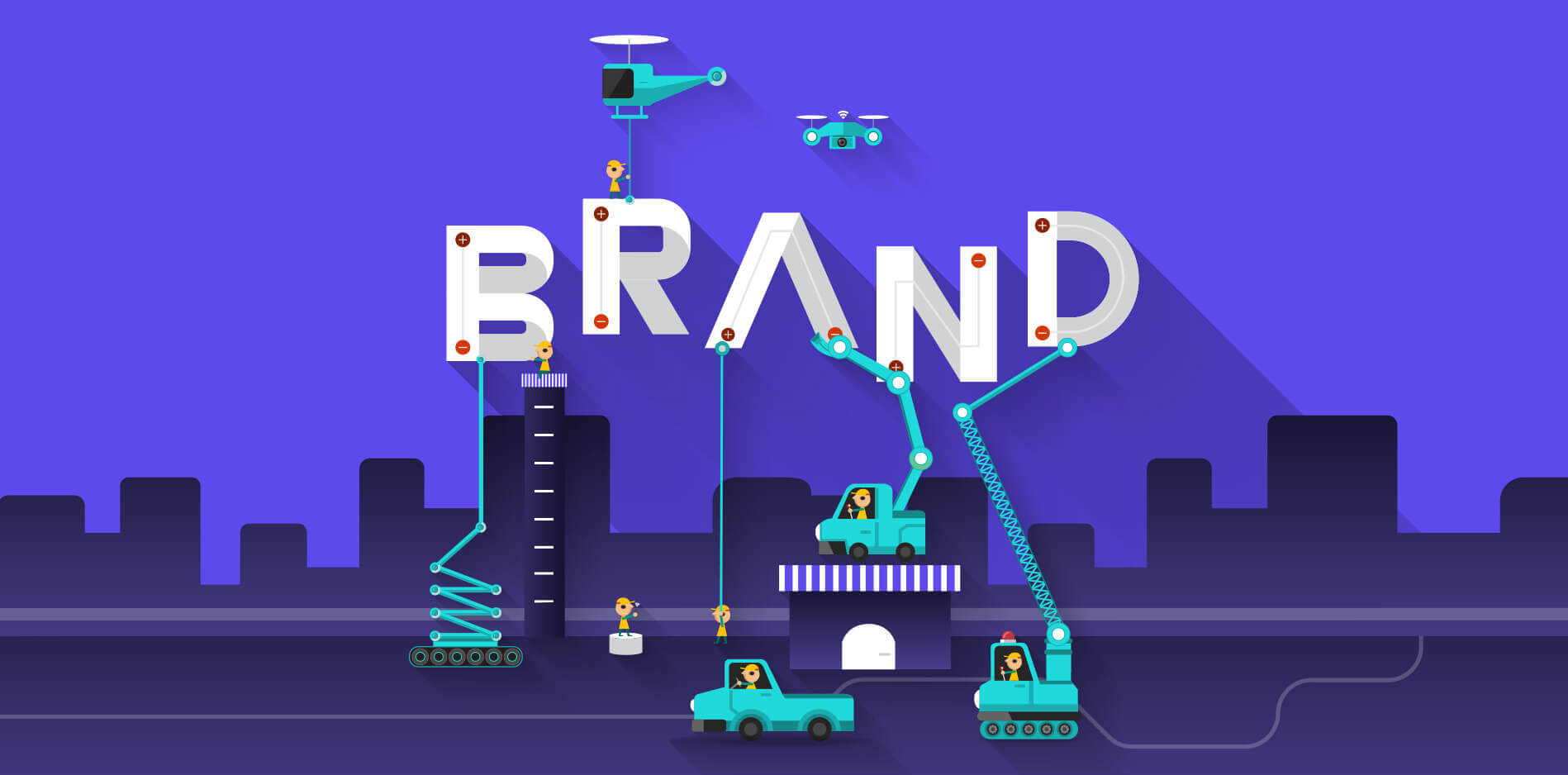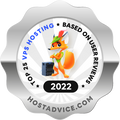Table of Contents
So, you want to build a strong, unified brand identity? We don’t blame you. You’re one of the few fortunate business owners who understand the importance of brand identity. More than an idea system, your brand is a network of associations that represent your company or organisation. It’s the story that resonates with your target audience and builds top-of-mind awareness. The most loyal communities on the web stem from a strong, unified brand. When image is everything – there’s simply no denying the importance of brand identity (for inspiration, check out these 30 brilliant brand identity examples).
Building your brand identity (just like building anything, really) begins with a foundation. Everything we build in life begins with a baseline – and your brand is no exception. Your goals. Your target audience. Your role in the marketplace. How you want to be perceived. How you are actually perceived. These are the starting points to building a stronger, more unified brand identity. Social media monitoring – or social media listening – helps you build the blueprint.
Four Steps to Brand Identity
Simple social media listening tools like Google Alerts or Advanced Twitter Search can help you track brand mentions and analyse the competition. You can conduct critical market research and identify top prospects to build a loyal community of advocates. Most importantly, you can use a basic social media listening strategy to build a stronger, more unified brand personality to convey a sense of presence and power. And you can do it all in just four simple steps. Follow our brand identity guidelines to make the most of your brand.
1. Brand Mentions and Audience Perception
Perhaps even more important than what customers say to you, is what customers say about you. It’s nearly impossible to keep tabs on everything a customer says about your business or brand. Of course, a disgruntled customer could complain directly to your face – in which case you would definitely know about it. But a customer could just as easily say something negative behind your back.
It’s hard to build brand identity when someone is dragging your brand name through the mud. And there’s not much you can do when random customer Barbara tells best friend Tracy not to do business with you. It goes back to the old, “if a tree falls in the woods” philosophy. You’re not there to hear it – so technically, it didn’t happen. Unless of course, the negative comment takes place online.
A simple tool like Google Alerts provides all the Intel to monitor your brand mentions and ultimately, the perception of your brand. How the market feels about your brand. What customers say about you to their social networks. The type of words your audience uses in relation to your brand name. You can strategically“listen” to them all. Just type your brand name into the search box and explore.
Consider just a few of the many ways you can build a stronger, more unified brand identity by monitoring brand mentions:
- Build brand awareness and valuable relationships – to strengthen your brand’s reputation and identity.
- Show customers you’re paying attention – and make them happy.
- Better understand the role your brand plays in your customers’ lives.
- Pinpoint (and solve) the problems customers have with your product or service.
Are there places your customers like to talk about your brand? Find the right social networks, forums, hashtags and Twitter chats – and join the conversation. Remember to add value – with a friendly and conversational tone – and you can boost your brand identity where it matters most. Step one of the brand identity process paves the road to success.
2. Competitive Analysis and Standing Out
Competitive analysis is a simple, strategic tool to build a stronger, more unified brand identity. What can you do with inside information on how your target audience perceives your competitors? A lot.
You can discover the tone and messaging competitors use. You can figure out what works – and what doesn’t. You can develop unique ideas to make your brand identity stand out among the competition. It’s amazing how much a little social listening can boost your brand identity.
Start by monitoring your competitor’s name with a simple social listening tool. You can track specific references by searching, “competitor name + alternative,” and “competitor name + issues.”
Make note of all the key terms, emotions, and results – positive and negative. Standing out means appealing to the emotions the competition overlooks. Discover where you stack up – and deliver key messaging to strengthen your brand identity and climb the ladder of success.
3. Market Research and Audience Interest
In step one, you discovered the perception of your brand. In step two, you did the same for your competitors. And while the Intel from these steps is critical to building a strong, unified brand identity, it’s really just a starting point. The real secret to building a powerful brand identity that truly resonates with audiences –knowing their interests. The good news – basic social listening can help you with that, too.
Begin with the key terms you identified in the first two steps. Plug them into Google Trends or Ubersuggest to find even more related terms. Why? Because your target audience may not be searching directly for your solution – but could still need it. The point is to never let semantics get in the way of building your brand identity. Just start listening and you can discover all types of hidden opportunities:
- The problems your audience wants to solve.
- The language and sentiment your audience uses.
- The type of content your audience shares – and the type your audience needs.
- The interests driving your audience to engage on the social web.
Just an hour a day is enough to monitor conversations and stay ahead of the trends. Discover your top conversations (and, especially your influencers) – and start the conversation.
4. Community Building and Exclusivity
Nothing makes potential customers more excited than exclusivity. Community membership creates a sense of involvement that simply makes people feel good. It just so happens that community building is great for your brand identity, too. Building a community just takes a little recruitment on your part.
You want to begin with a small niche group of your top prospects. Use the influencers you discovered in steps one and three to spark the conversation. Discover common ground throughout your market research to find the perfect conversation starters. And offer exclusivity to early influencers.
Effective community building is about creating brand advocates – or your most active and loyal customers. You want them to spread the word about your brand – so go above and beyond for them. Even a simple reward system is enough to get people behind your brand. Put good into your community – and get goodout.
Da Manager – A Web Design and Digital Marketing Agency
Da-Manager Limited is a creative Web Design and Digital Marketing Agency. Image is everything in branding – and we are here to make yours exceptional. If you need help creating and executing a social media listening strategy, our digital marketing team can show you the ropes. Start a project today and build the strong, unified brand identity to drive home top-of-mind awareness to your perfect audience.
Source:Bowen Media
This article was originally published in 30 September 2016. It was most recently updated in January 26, 2024 by Wise























